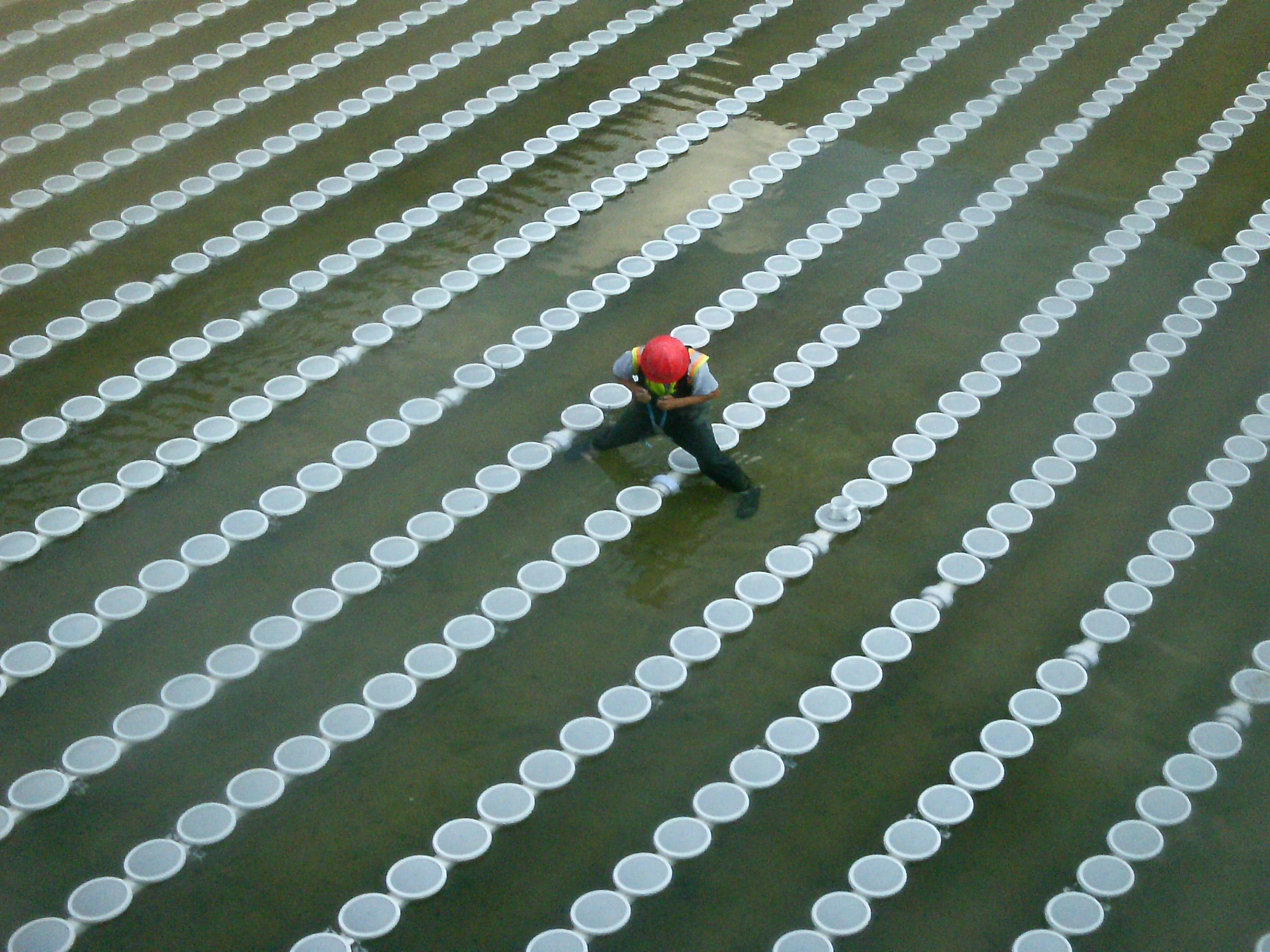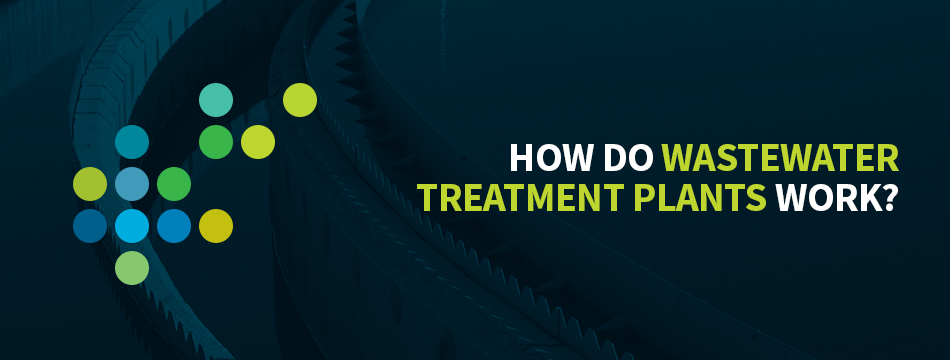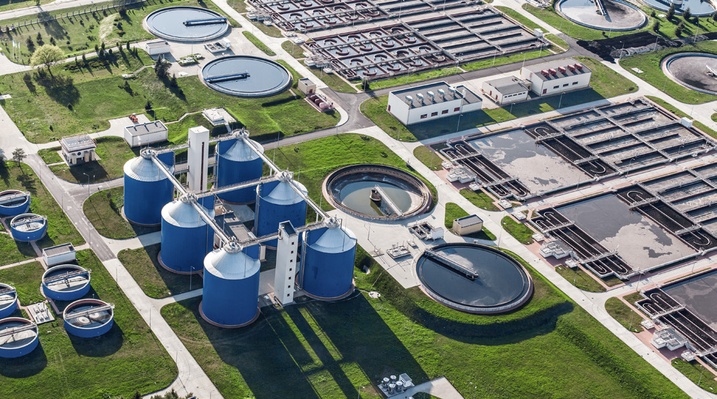Contact Us Today
Package Plant Wastewater Treatments
Package plants are a type of decentralized wastewater treatment system. Their goal is to use biological extended aeration — otherwise known as a variation of the activated sludge process. Package plants work by creating an environment with the right oxygen and agitation levels for bio-oxidation of waste present in the water.
Applications
Package plants help treat wastewater from individual properties or small neighborhoods and communities. These package plants can treat flows from 0.002 million gallons per day (MGD) to 0.5 MGD. There are several types of package plants, including:
- Sequencing batch reactors
- Extended aeration plants
- Contact stabilization plants
- Oxidation ditches
- Physical or chemical processes
- Rotating biological contractors
Often, typical applications for these package plants include:
- Housing and subdivisions
- Mobile home parks
- Small to medium-sized towns or cities
- Remote logging, construction or mining sites
- Military bases
- Power plants
- Manufacturing facilities
- Campgrounds, marinas and parks
- School campuses
- Government compounds
Contaminants
Contaminants that reach package plants will depend on the facility’s exact application. Since these facilities are commonly used for different types of residential, educational or recreational places, many of the contaminants will be biodegradable organic waste. However, to provide a comprehensive list of potential contaminants, possibilities to expect include:
- Human waste
- Food
- Soap
- Detergents
- Nitrogen
- Phosphorus
- Silt
- Metals
- Gas
Package plants help remove these contaminating materials from wastewater to ensure proper treatment and release occurs.
Processes
Package plants mimic natural processes by prompting microorganisms to use organic waste as a food source. Treating water this way means up to 95% of organic matter can be removed.
In package plants, water enters through a comminutor or bar screen to remove gross solids before entering the aeration chamber. The untreated water will be mixed in the chamber with active biomass in a rolling movement from air diffusers. This process works because the diffused air and moving water provide oxygen transfer and create enough oxygen that microorganisms can turn waste into stable sludge, carbon dioxide and water.
After the aeration process, the water is sent to a clarifier. Solids settle along the bottom until airlift pumps send them back to the aeration chamber as activated sludge. Any excess sludge will go to an aerated sludge digestion tank for more treatment. Skimmer airlift pumps take care of floatable solids by sending them to the aeration chamber.
Next, the water will go into the disinfection chamber for chlorination or UV treatment. It may also go through tertiary treatments before discharge.
Best Package Plant Systems
One of the types of wastewater systems for these scenarios is moving bed biofilm reactor (MBBR) package plants. In these systems, MBBR package plants have biofilm carriers that allow the microorganisms to attach to a specialized plastic media. These carriers help with building a bed within the wastewater.
MBBR package plants optimize biological processes — including activated sludge and biofilm media — while eliminating many of the shortcomings of natural biological processes. Turn a package plant into a high-quality wastewater treatment system with MBBR.
Choose SSI Aeration, Inc. for Wastewater Needs
Package plant wastewater treatment systems have many applications and work well to remove water contaminants. An MBBR package plant solution is available at SSI Aeration, Inc. to fit your needs. Contact our team online to learn more about these wastewater systems today.
Contact Us
Diffusori tubolari a bolle fini
I diffusori tubolari di aerazione SSI e i materiali di qualità avanzata per le membrana offrono un’elevata resistenza alle sostanze chimiche e agli agenti contaminanti, oltre a trasferimento di […]

Effective wastewater treatment in the food industry is essential. Thanks to the widespread use of water in the food and beverage markets, production and processing facilities need dependable cleaning […]

Come funzionano gli impianti di trattamento delle acque reflue?
Il trattamento delle acque reflue è vitale per comunità ed ecosistemi sani. Fornisce acqua pulita e salutare per uso industriale e municipale, riduce la trasmissione di malattie e aiuta […]







